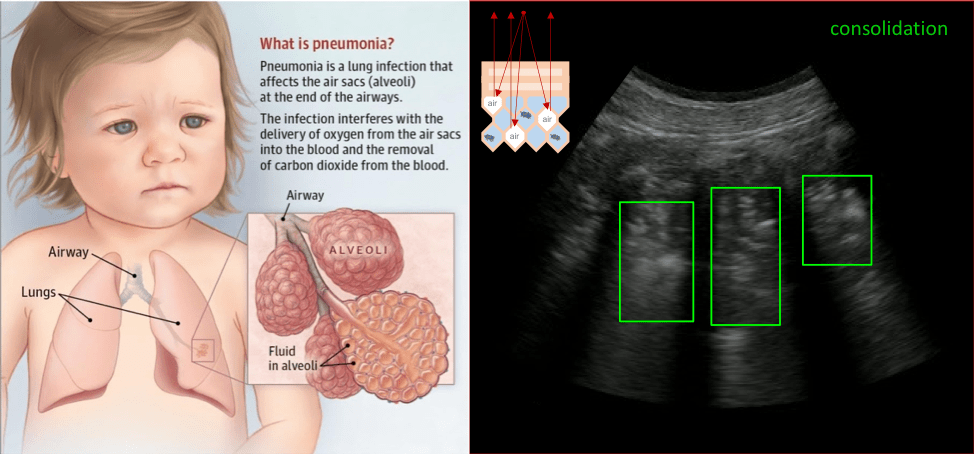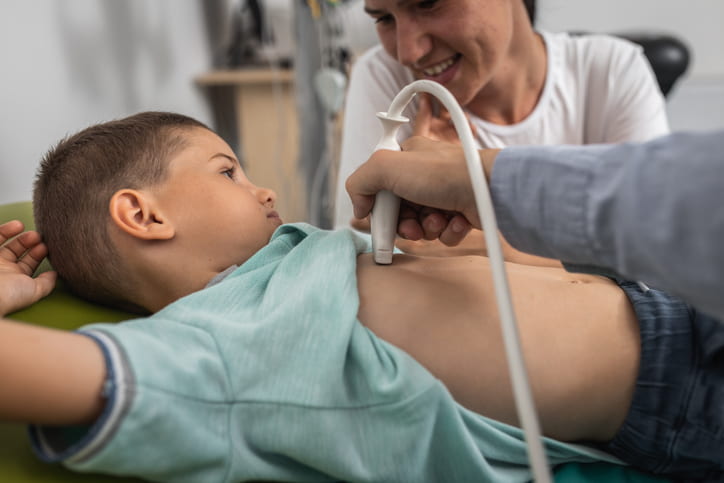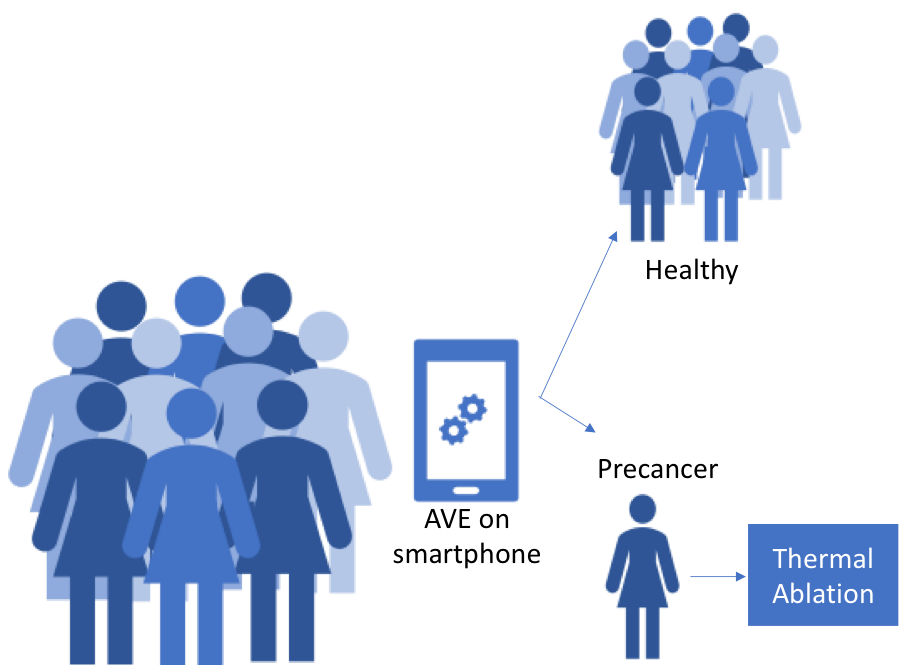Research
In the last decade, rapid progress in the development of Deep Neural Network algorithms has made it possible to match or exceed human performance in a variety of artificial intelligence tasks. In particular, the application of convolutional neural networks, which are ideally suited to computer vision tasks, has resulted in enormous performance strides in the automated interpretation of medical images.
Automated Malaria Detection
Malaria is a major public health threat, killing 400 thousand people every year, mostly in Sub-Saharan Africa, and mostly among children under five. Malaria is caused by Plasmodium parasites that are transmitted by the bite of an Anopheles mosquito. It is a treatable disease when caught in time. Blood smear microscopy is still considered the standard for Malaria diagnosis and quantitation, but it is a difficult task, impeded by the lack of trained personnel in Malaria-endemic countries.

Our group has developed a CNN-based algorithm for Malaria blood films that automatically detects parasites and quantifies the level of infection. The technology has been integrated with a commercial microscope and is currently deployed for drug susceptibility surveillance by the Worldwide Antimalarial Research Network. It is also a viable market option for patient case management and research.

Automated Pneumonia Detection with Lung Ultrasound
Pneumonia is the leading cause of death in children under five worldwide, accounting for nearly 900 thousand deaths annually, or 2,400 children per day. Sub-Saharan Africa and South Asia bear the heaviest burden. Lung ultrasound represents a low-cost, safe, portable, point-of-care device for pneumonia detection that has been shown to perform better than chest X-ray, the standard of care in high-income countries. But lung ultrasound is difficult to interpret, limiting its effective use in remote health centers where there are few experienced lung ultrasonographers.

Our group has developed CNN-based algorithms for detecting pneumonia-associated lung features, such as consolidation. The algorithm achieves high sensitivity and specificity consistently, in contrast to human readers who vary in performance depending on the level of training and other factors. The algorithms are being deployed on an industry-leading handheld ultrasound device that will be submitted for FDA approval in 2022.

Automated Cervical Precancer Screening
Cervical cancer tragically takes the lives of 300 thousand women each year. When diagnosed in time, this disease can be treated and eliminated. Lack of access to health facilities, reliable diagnostic tools, or qualified diagnosticians leads to the high burden of disease in resource-limited countries, where the most commonly used screening method is Visual Inspection with Acetic acid (VIA). Our team developed a CNN-based algorithm (AVE) for detecting cervical precancer from smartphone images. Its accuracy exceeds the performance of all but the best human readers.

